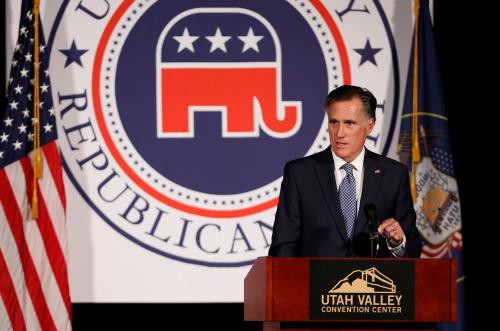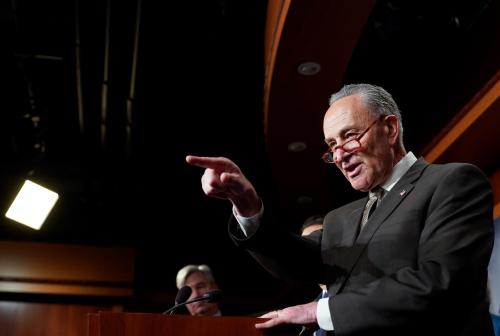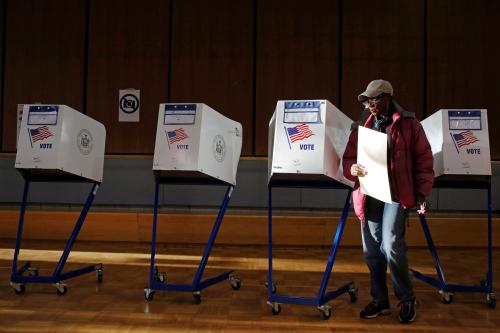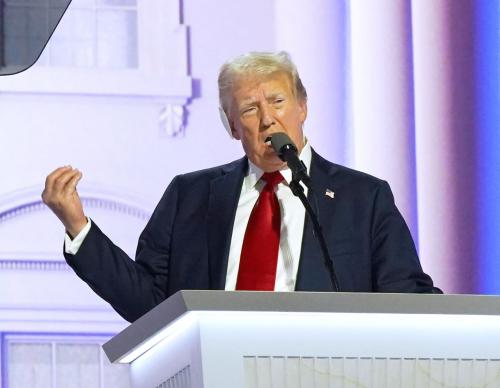If you were hoping that the 2018 midterm elections would end up with a clear victory for one party or the other thus ending the excessive polarization of American politics, you are likely disappointed. As Election Day 2018 draws to a close, early returns show a country that remains firmly divided between red and blue.
Even before the West Coast polls closed all major media outlets projected Democrats would win control of the House of Representatives—and they did. Buoyed by expected strength in states like Pennsylvania, New Jersey, New York, and Florida, and unexpected strength in some western New York districts and some southwest Texas districts, Democrats won a solid majority. In addition, as expected, the Democratic vote was strongest in suburbs across the country and the party’s careful recruitment of women and veteran candidates seemed to be paying off as the evening went on. As a result, the new Democratic caucus in the House will have more women than ever before.
On the Senate side, the Democrats suffered from periodic spells of irrational exuberance throughout the election season. But the Senate map was almost always going to be difficult for them given that so many Democrats were up for reelection in deeply Republican states. In fact, as Election Day drew near, it was almost as if two separate elections were happening: one favoring the Democrats in suburban House districts around metropolitan areas and the other in rural, conservative states. And yet, on the Senate side, the unexpectedly strong showing of Democrat Beto O’Rourke in his race against incumbent Ted Cruz may mark the beginning of a transformation from solid red to slightly purple in the second-largest state in the union. In addition, despite his loss, O’Rourke likely had coattails that helped elect additional Democrats in the Lone Star State.
The governorships were supposed to be fertile territory for Democrats and as the evening progressed that turned out to be true, as Democrats picked up governorships in some key states like Michigan. But they lost in two very important states—Ohio and Florida—states that are the key swing states in presidential elections and were perceived to be key pickup opportunities for the party. If Trump runs in 2020, he will have friends in high places in these two states. In addition, the governors’ races are particularly noteworthy given that governorships in some states are key to making sure that the House districts drawn after the 2020 census are not as gerrymandered as the ones drawn after the 2010 census.
But when the dust settles after Election Day, we will most likely see that the root of polarization in America today is not politicians but, in fact, we the people. We remain a deeply divided country. This division shows up in the closeness of heavily contested elections in big states like Florida and it shows up in the dramatically different results in rural, urban, and suburban America where the red states seem to be getting redder and the blue states bluer. And it is exacerbated by a president who insists on aggravating the differences instead of smoothing them over. In fact, after an election in which both parties can declare victories and mandates, the likelihood that parties will take these successes as evidence that they should continue business as usual—behaviors that contribute to polarization—is quite high.
So, get ready for two more years (and probably many more after that) of gridlock. The Democratic House will be stopped by the Republican Senate and they will both be limited by a President who thrives on division.











Commentary
The fight goes on: Election Night 2018
November 7, 2018